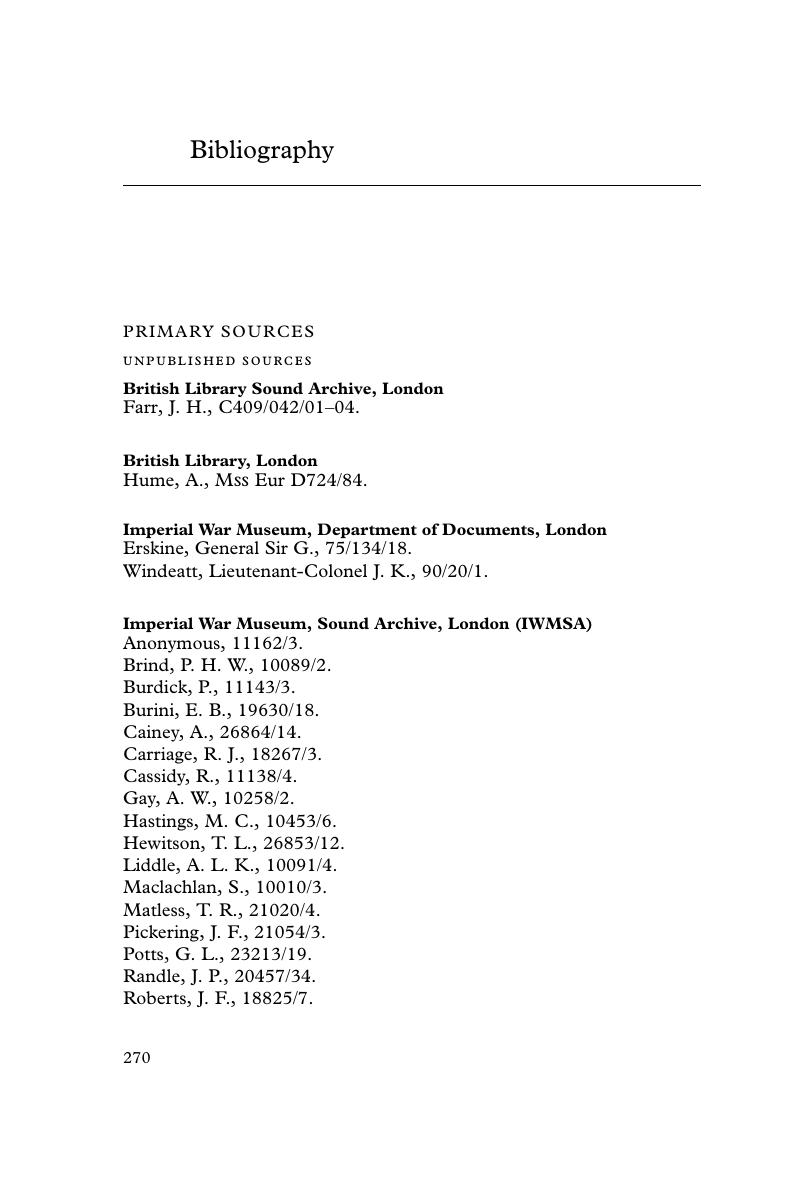Book contents
- Frontmatter
- Contents
- Maps
- Abbreviations
- Acknowledgements
- Introduction
- 1 ‘A determined campaign against the terrorist bands’
- 2 ‘Harmonious relations’: soldiers, civilians and committees
- 3 ‘Possibly restrictive to the operations’: marginalising international law in colonial rebellions
- 4 ‘The degree of force necessary’: British traditions in countering colonial rebellions
- 5 ‘Restraint backed by good discipline’
- 6 ‘A dead man cannot talk’: the need for restraint
- 7 ‘A lot of indiscriminate shooting’: military repression before Erskine's arrival
- 8 ‘Severe repressive measures’: the army under Erskine
- 9 ‘An essential part of the campaign’: civil-military alliances
- Conclusion
- Bibliography
- Index
- References
Bibliography
Published online by Cambridge University Press: 05 December 2012
- Frontmatter
- Contents
- Maps
- Abbreviations
- Acknowledgements
- Introduction
- 1 ‘A determined campaign against the terrorist bands’
- 2 ‘Harmonious relations’: soldiers, civilians and committees
- 3 ‘Possibly restrictive to the operations’: marginalising international law in colonial rebellions
- 4 ‘The degree of force necessary’: British traditions in countering colonial rebellions
- 5 ‘Restraint backed by good discipline’
- 6 ‘A dead man cannot talk’: the need for restraint
- 7 ‘A lot of indiscriminate shooting’: military repression before Erskine's arrival
- 8 ‘Severe repressive measures’: the army under Erskine
- 9 ‘An essential part of the campaign’: civil-military alliances
- Conclusion
- Bibliography
- Index
- References
Summary

- Type
- Chapter
- Information
- Fighting the Mau MauThe British Army and Counter-Insurgency in the Kenya Emergency, pp. 270 - 295Publisher: Cambridge University PressPrint publication year: 2012



